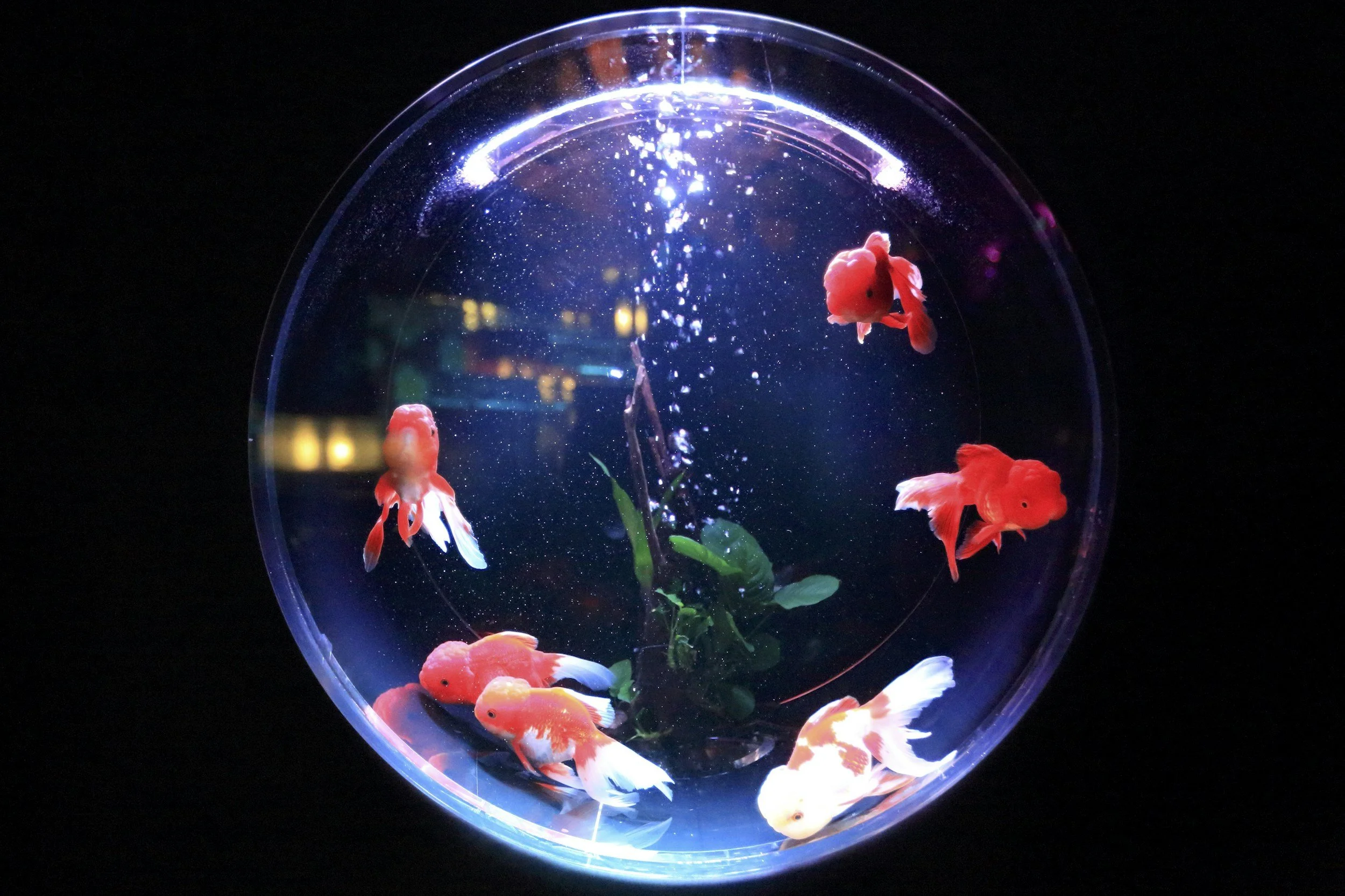Finding Calm in the Water
Stress has a way of creeping into our daily lives—tight deadlines, endless notifications, and the general busyness of modern life can make it feel impossible to slow down. But what if one of the simplest ways to reset was already all around us?
Water, in its many forms, has a unique ability to restore and refresh us.
Science backs this up. Studies show that being near water can reduce stress hormones, lower blood pressure, and improve mood. Neuroscientist Dr. Andrew Huberman has discussed how viewing the horizon—such as looking out at the ocean—activates the parasympathetic nervous system, helping the body shift into a more relaxed state.
But not all water experiences are the same. Each type of water interaction offers distinct benefits, making it worthwhile to explore different ways to incorporate water observation into your daily or weekly rhythm.
The Ocean’s Vastness: Perspective and Release
If you've ever stood on a beach, staring out at the endless horizon, you know the feeling—the world suddenly seems bigger, and your worries feel smaller.
Why it helps:
Dr. Huberman explains that when we view the horizon, our eyes naturally relax, and this engages neural circuits associated with calm and reduced stress.
The repetitive motion of waves can induce a meditative state, similar to deep breathing exercises.
The sheer scale of the ocean reminds us that we are part of something larger, helping us detach from daily stressors.
How to incorporate it:
If you live near the coast, making time for a weekly ocean walk or sitting and watching the water can be a powerful stress reliever. If you're further inland, listening to ocean sounds or watching videos of waves can still have a calming effect.
Rivers and Streams: Flow and Resilience
Rivers and streams remind us of movement. Water rushing over rocks, trickling through bends, or surging forward after a storm illustrates resilience. Watching a river can encourage a mindset of adaptability and remind us that, like water, we can keep moving even when obstacles arise.
Why it helps:
Flowing water symbolises change and renewal, reinforcing the idea that stress is temporary.
The gentle sound of running water has been shown to lower cortisol levels and enhance focus (Tristan et al., 2018).
Observing a stream’s path can inspire creative problem-solving, helping us think through challenges with a more flexible mindset.
How to incorporate it:
Find a nearby stream, river, or fountain where you can sit and observe for a few minutes. If access is limited, small indoor fountains or recordings of flowing water can create a similar effect.
Lakes and Ponds: Stillness and Reflection
A still lake mirrors the sky, inviting us to pause and reflect. Unlike the ocean or a river, which constantly moves, lakes and ponds offer a kind of quiet presence that encourages mindfulness.
Why it helps:
Still water can create an environment for deep thought and emotional processing.
Looking at reflections in water can enhance self-awareness and promote introspection (Bratman et al., 2015).
The slower movement of water (gentle ripples instead of crashing waves) can provide a sense of stability and peace.
How to incorporate it:
If you have access to a lake or pond, make time to sit near the water and observe. Journaling by the water can enhance its reflective effect. Even a small backyard pond or birdbath can provide a moment of stillness in your day.
Aquariums and Goldfish Tanks: Small-Scale Serenity
If natural bodies of water aren’t accessible, even watching fish in a tank can provide stress relief. The slow, deliberate movement of fish, combined with the gentle bubbling of an aquarium, creates a microcosm of calm.
Why it helps:
Studies show that watching fish can lower heart rate and reduce anxiety (Cracknell et al., 2016).
The simple act of observing movement without expectation encourages mindfulness.
Aquariums bring a bit of nature indoors, providing a convenient way to experience the calming effects of water daily.
How to incorporate it:
If you don’t have an aquarium, consider visiting one at a friend’s house, a pet store, or a public aquarium. Even short videos of fish swimming can be soothing.
The Power of a Water-Observation Habit
Incorporating water observation into your routine doesn’t require living by the sea or maintaining an aquarium. The key is to find a way to pause and engage with water in a way that fits your lifestyle.
By making water observation a habit, we allow ourselves regular reminders to slow down, breathe, and find perspective. Water teaches us patience, adaptability, and stillness—qualities that help us navigate stress with greater ease.
So next time you're feeling overwhelmed, take a moment to find water, observe it, and let it remind you to flow.




